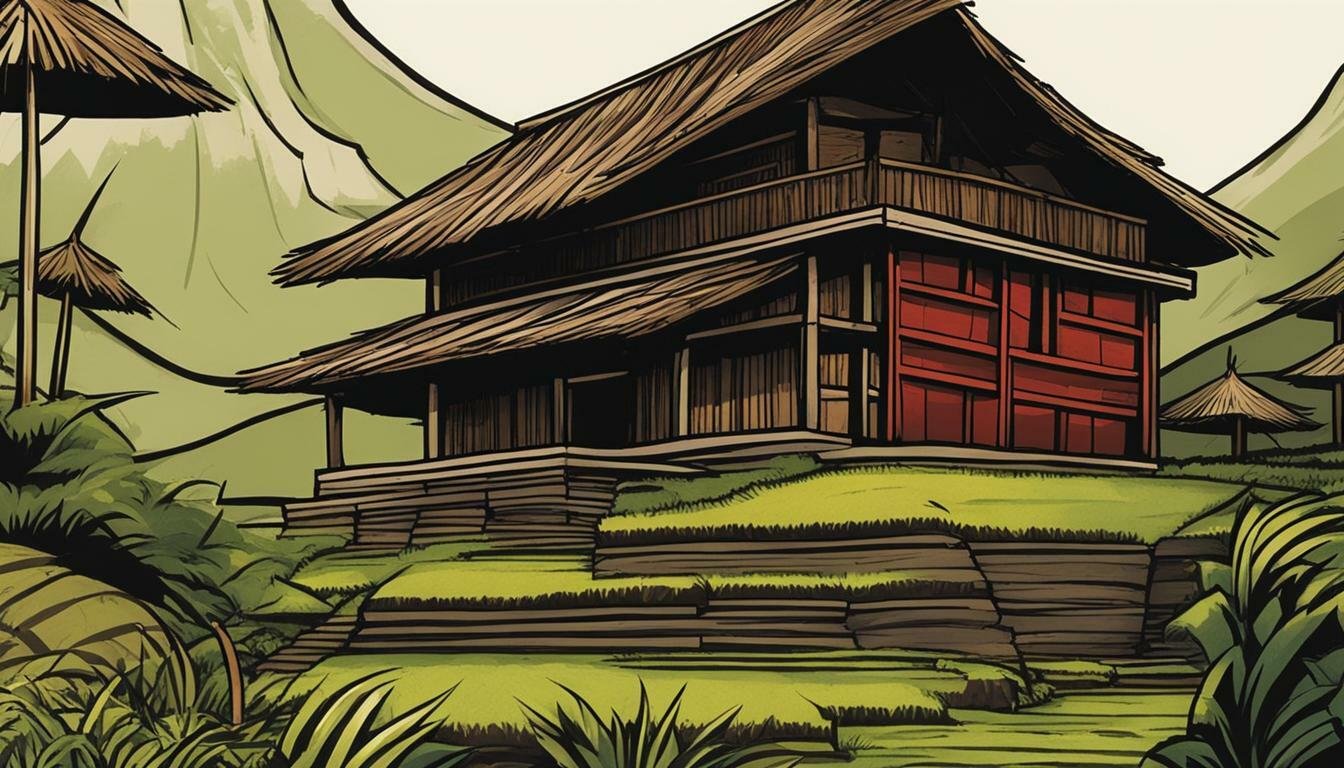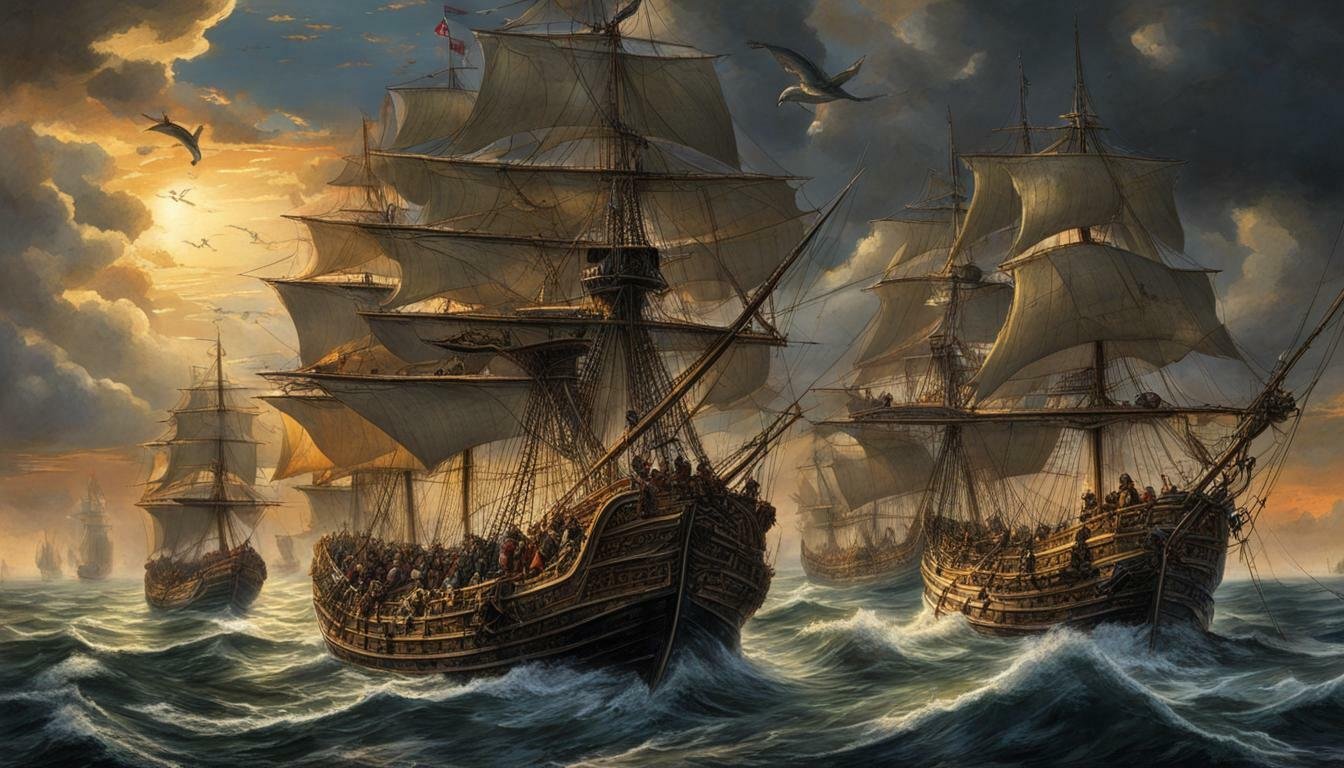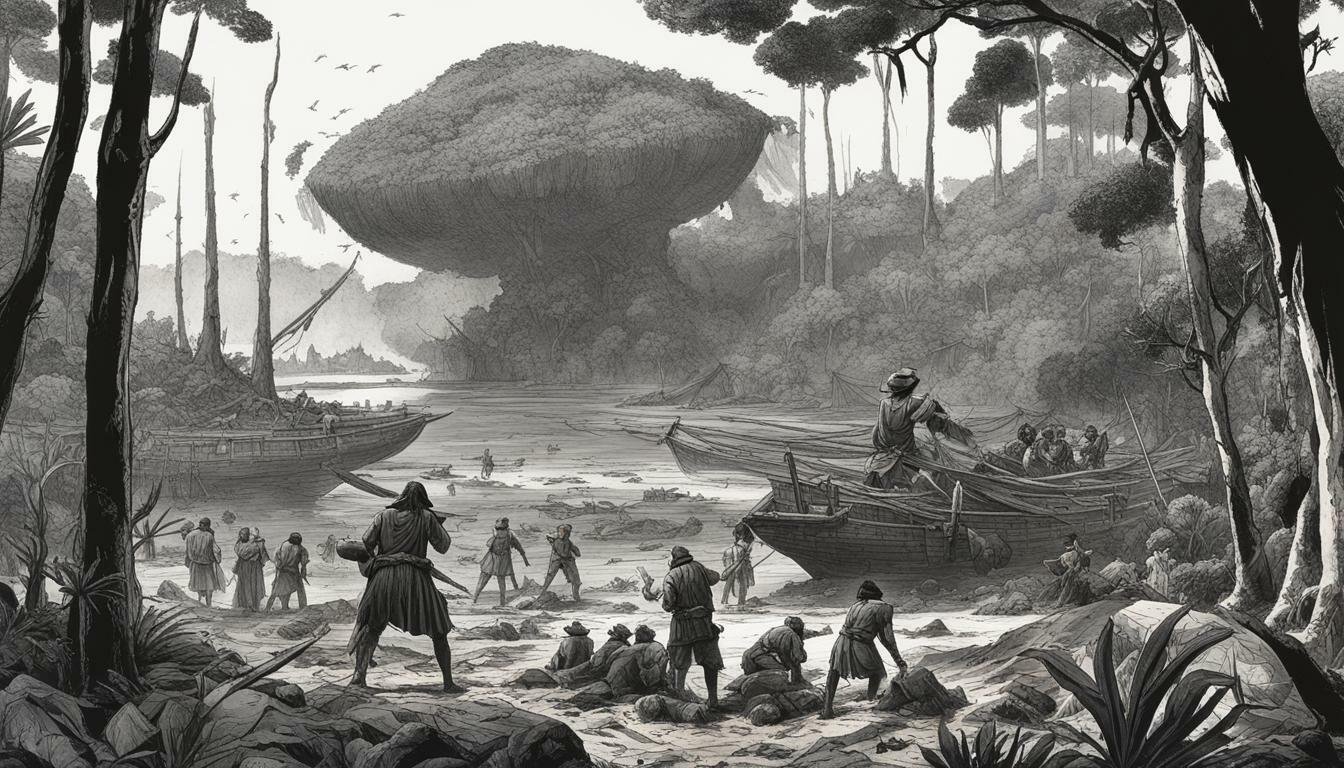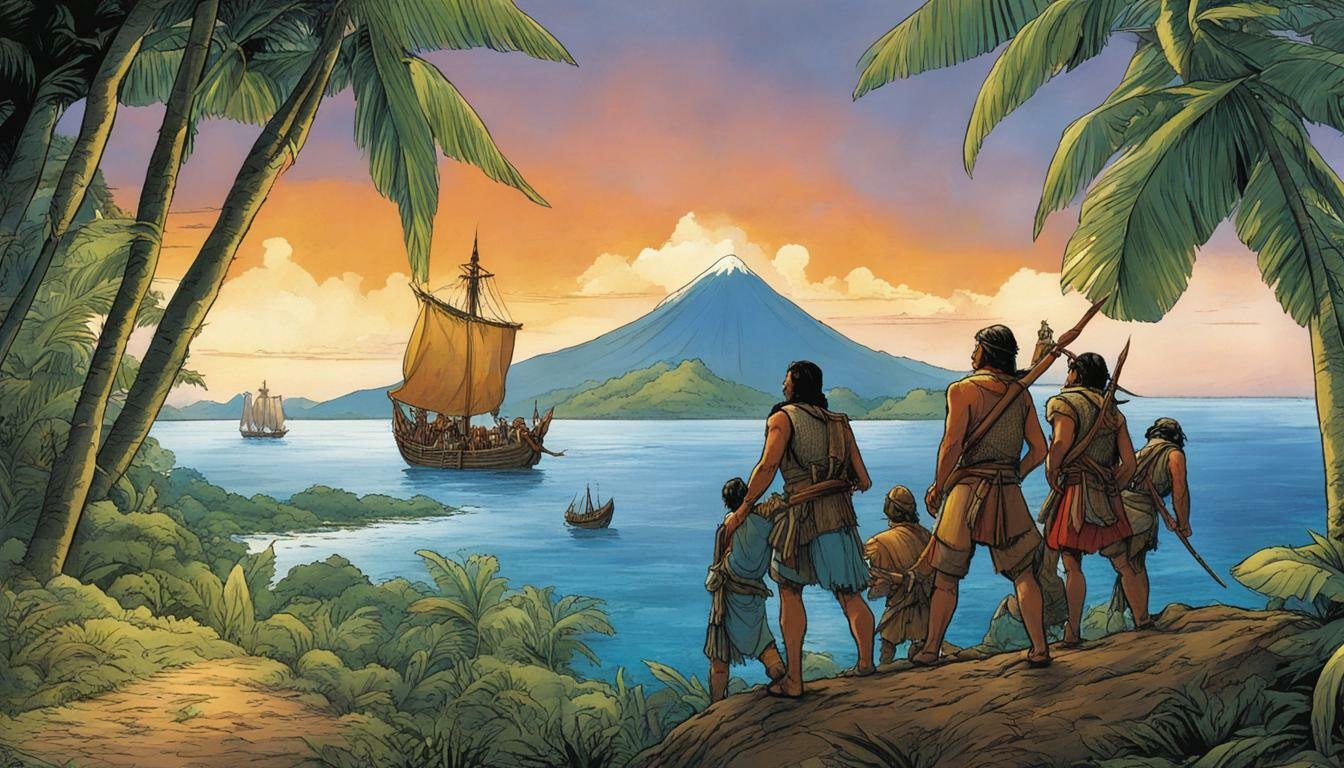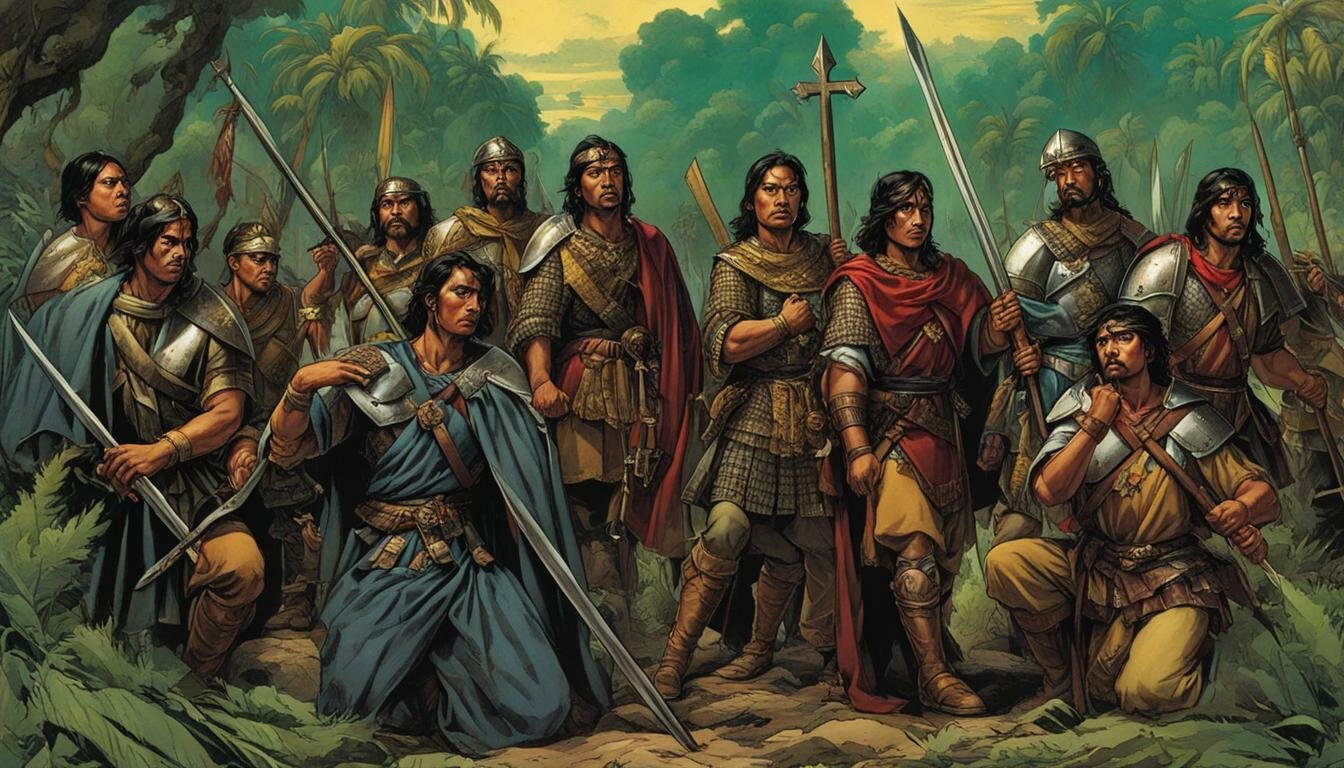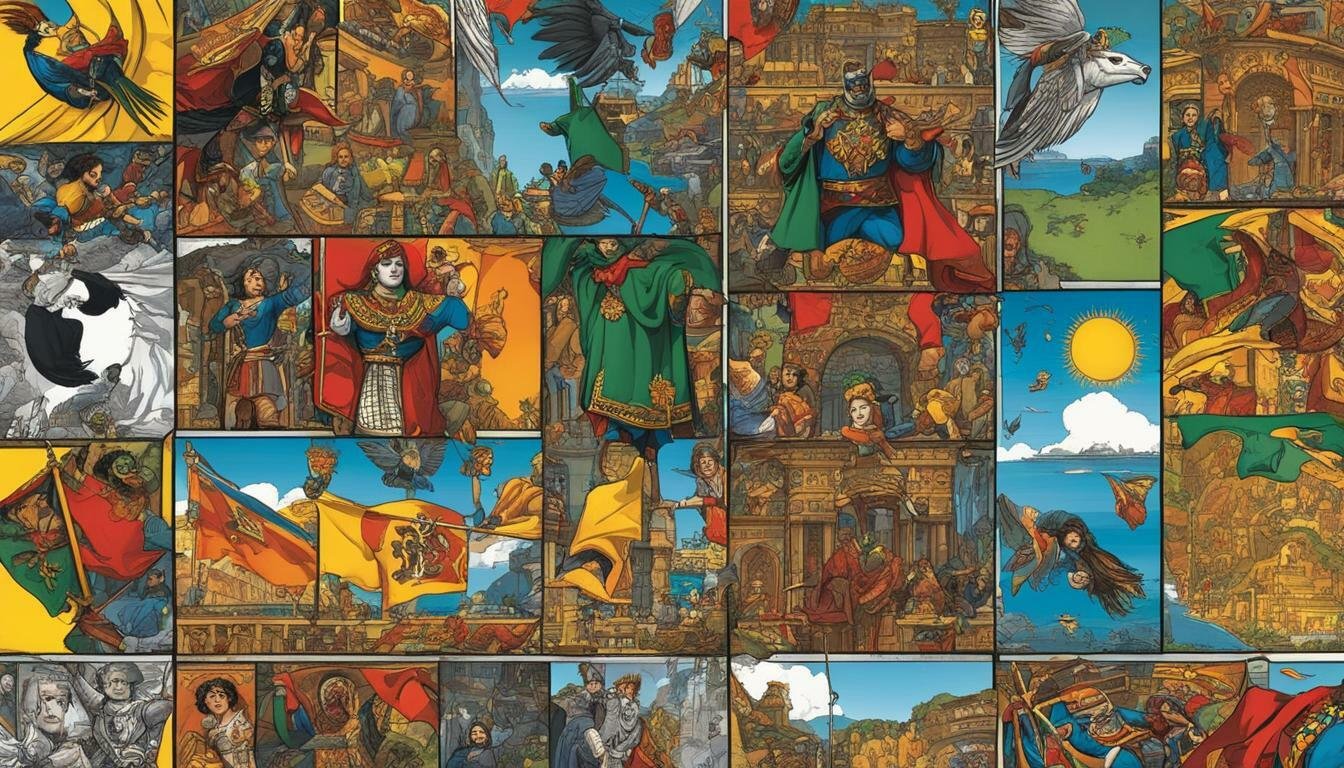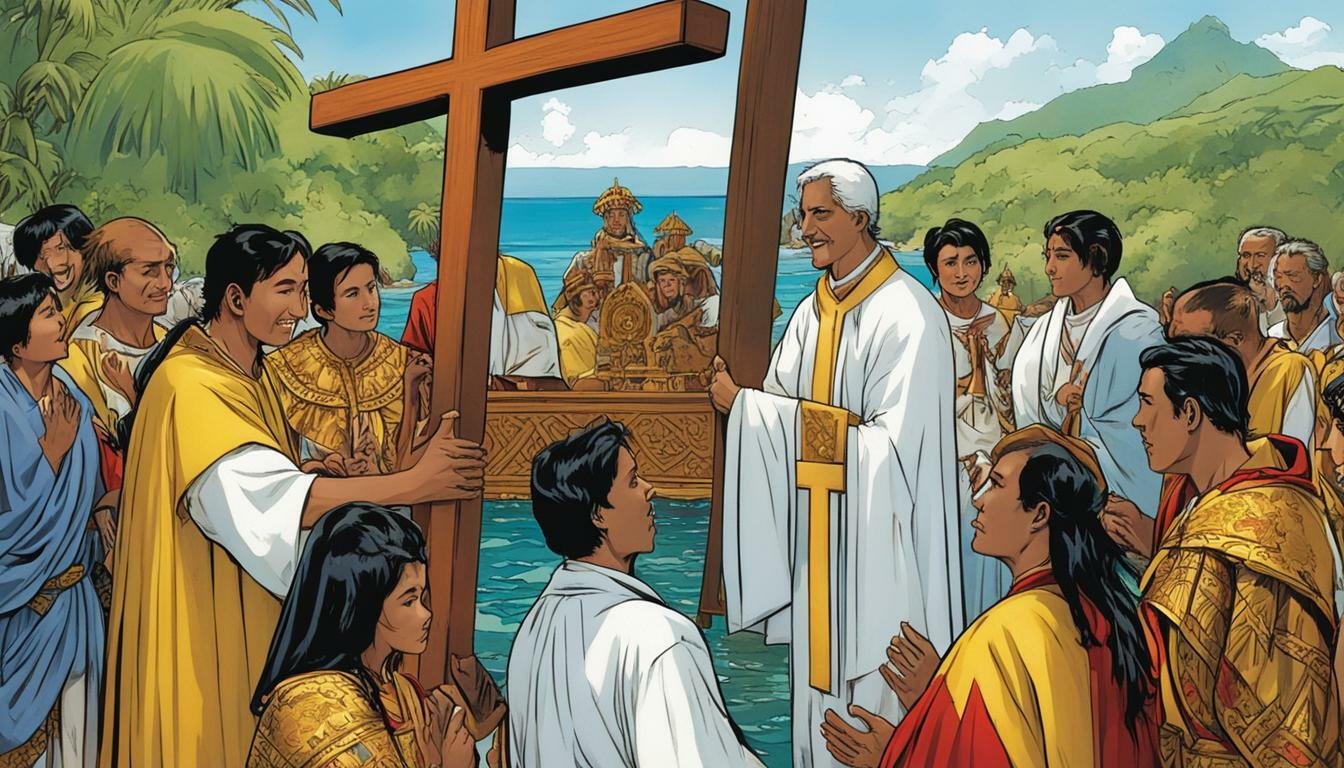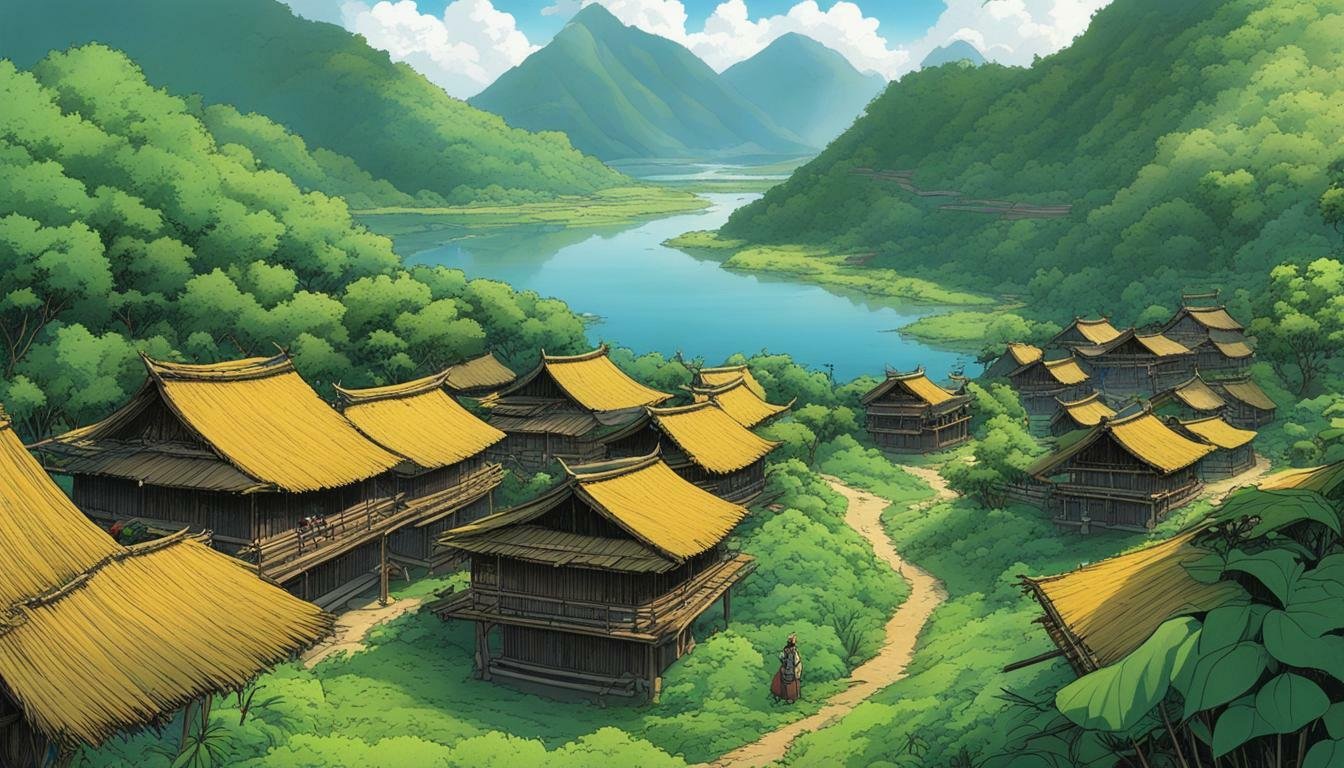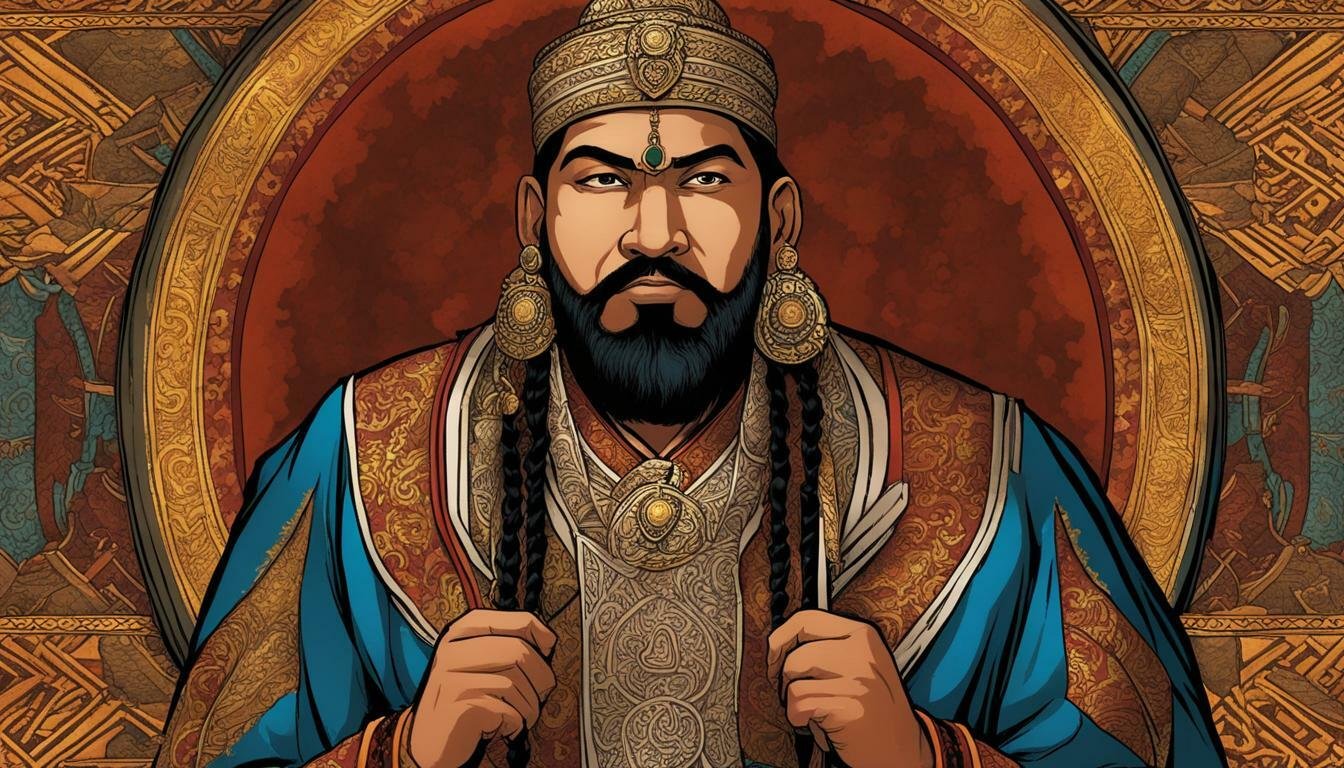The narrative of human evolution is a constantly unfolding story, marked by pivotal discoveries that challenge and refine our understanding of our origins and dispersal across the globe. For decades, the islands of Southeast Asia have served as crucial stages in this grand drama, yielding tantalizing evidence of ancient hominins venturing far from the African…
Ifugao Language of the Philippines
The Philippines is a nation renowned for its stunning natural beauty, complex history, and vibrant cultural tapestry. Woven into this rich fabric are its myriad languages, each a unique repository of history, identity, and worldview. Among these, the Ifugao language stands out, not just as a means of communication for the Ifugao people, but as…
Discovering Legazpi’s Expedition to the Philippines 1565
The year 1565 marks a pivotal turning point in the history of the Philippines. While the arrival of Ferdinand Magellan in 1521 is often cited as the initial European contact, it was the Legazpi’s Expedition in 1565, led by Miguel López de Legazpi, that initiated the enduring era of Spanish colonization Philippines. This voyage was…
Exploitation of the Philippines Natural Resources by the Spanish Colonizers
The history of the Spanish Colonial Period Philippines, spanning over three centuries from the arrival of Ferdinand Magellan in 1521 to the end of Spanish rule in 1898, is intrinsically linked to the exploitation of Philippines natural resources by the Spanish Colonizers. Driven by mercantilist ambitions, the Spanish Crown sought to extract wealth from its…
Legazpi: The Explorer Who Colonized the Philippines and Established Trade Routes
The 16th century marked a period of intense European exploration, driven by a quest for new lands, resources, and trade routes. Following Christopher Columbus’s “discovery” of the Americas, Spain turned its gaze westward across the vast Pacific Ocean. Its objective: to reach the fabled Spice Islands of Southeast Asia and secure a foothold in the…
Forced Conversion to Christianity in the Philippines
The arrival of the Spanish in the Philippine archipelago in the 16th century marked a pivotal moment in its history, initiating over three centuries of colonial rule. Beyond the political and economic transformations, one of the most profound and enduring impacts was the widespread introduction and eventual adoption of Christianity, primarily Roman Catholicism. The process…
The Spanish Instituted a Class System
The arrival of the Spanish in the Philippine archipelago in the 16th century marked a profound transformation, not only in governance and religion but fundamentally in the very structure of indigenous societies. One of the most enduring and impactful legacies of over three centuries of Spanish colonization Philippines was the establishment of a rigid and…
The Conversion of the Cebuano People to Christianity
The arrival of Ferdinand Magellan in the archipelago that would later be named the Philippines in 1521 marked a pivotal turning point in the history of the Cebuano people and, indeed, in the broader narrative of Philippine history. While his expedition’s primary goal was to find a westward route to the Spice Islands, it inadvertently…
The Profound Impact on the Indigenous Communities of the Philippines from Colonization
The arrival of European powers in the 16th century and subsequent American rule at the turn of the 20th century marked a transformative, often disruptive, period in the history of the Philippines. While the narrative of Philippine history often focuses on the experience of the lowland Christianized population, the profound impact on the indigenous communities…
Baladhay: The Trusted Adviser of Rajah Humabon
The annals of Philippine history are rich with accounts of valiant chieftains, intricate societies, and pivotal cultural cultural encounters that shaped the archipelago long before the arrival of European powers. Among the most dramatic and well-documented of these encounters is the arrival of the Magellan expedition in 1521, led by the Portuguese explorer Ferdinand Magellan,…

